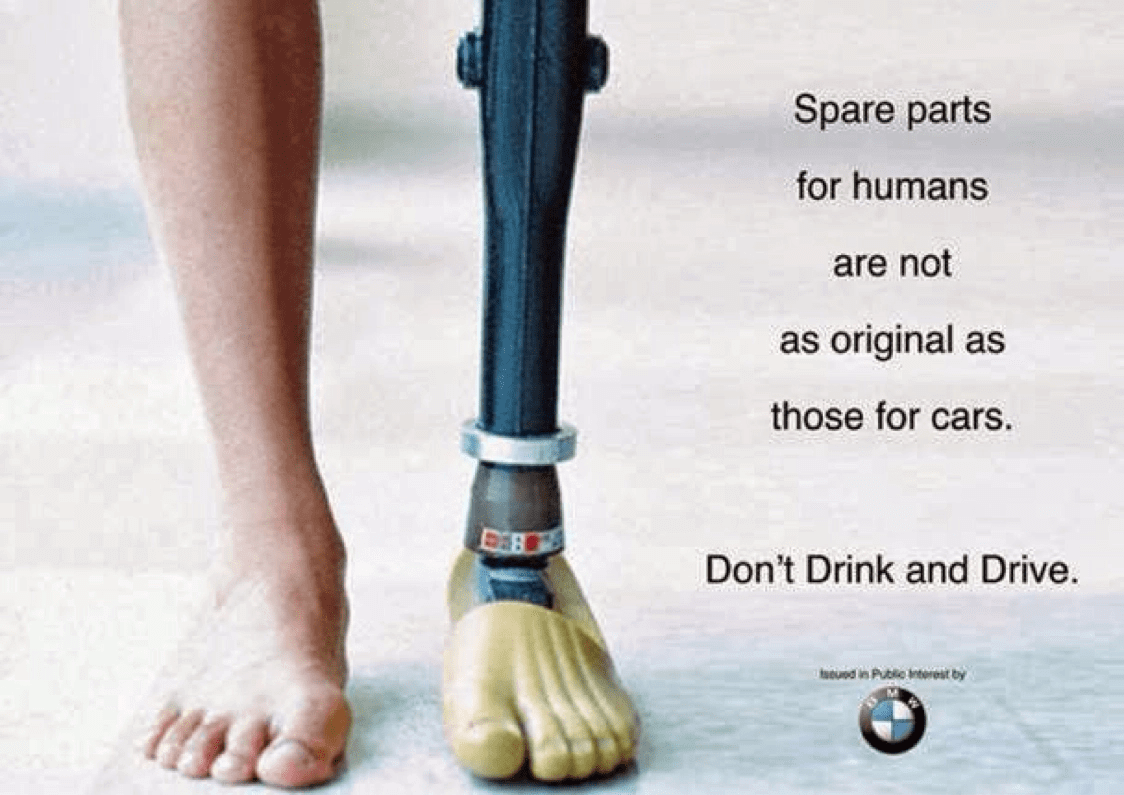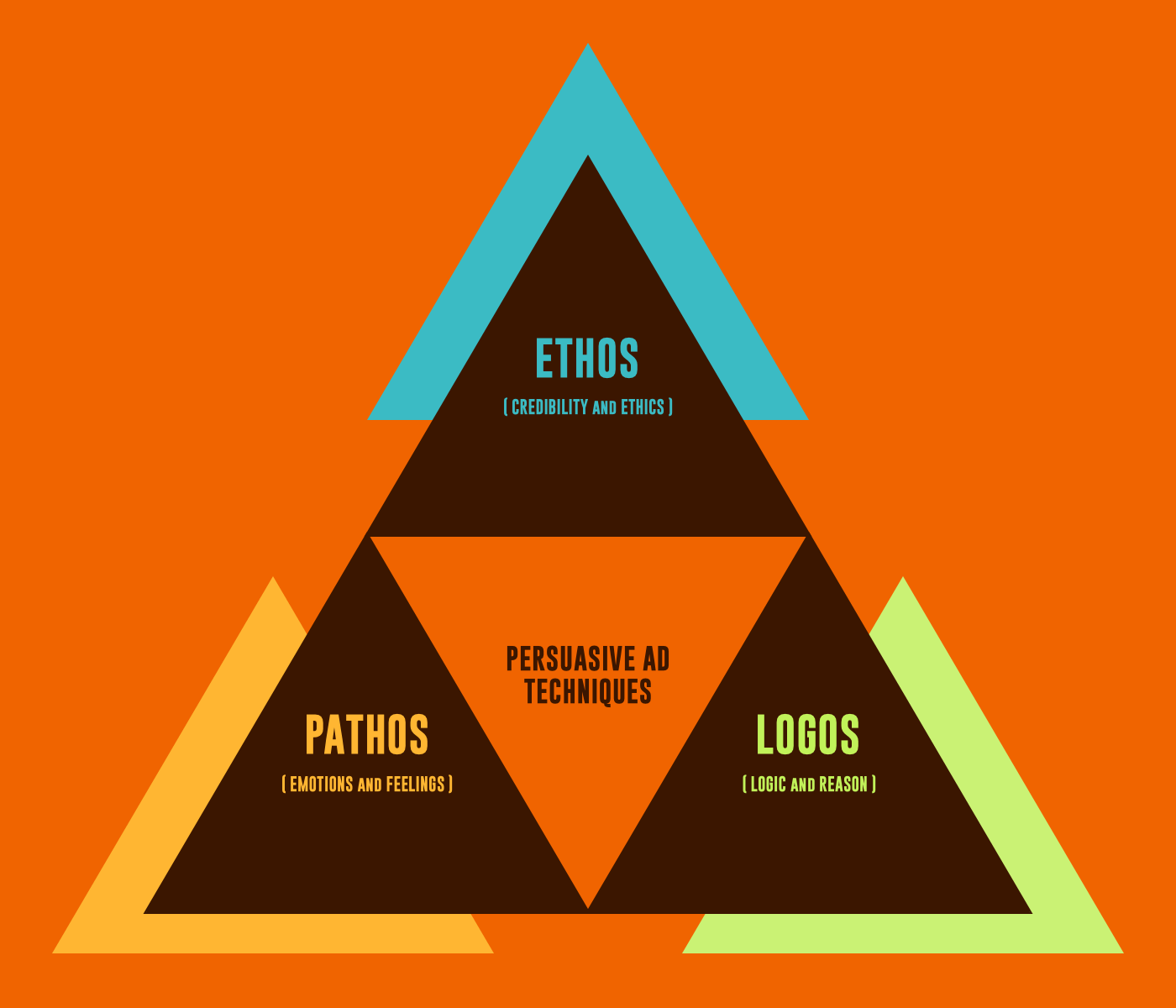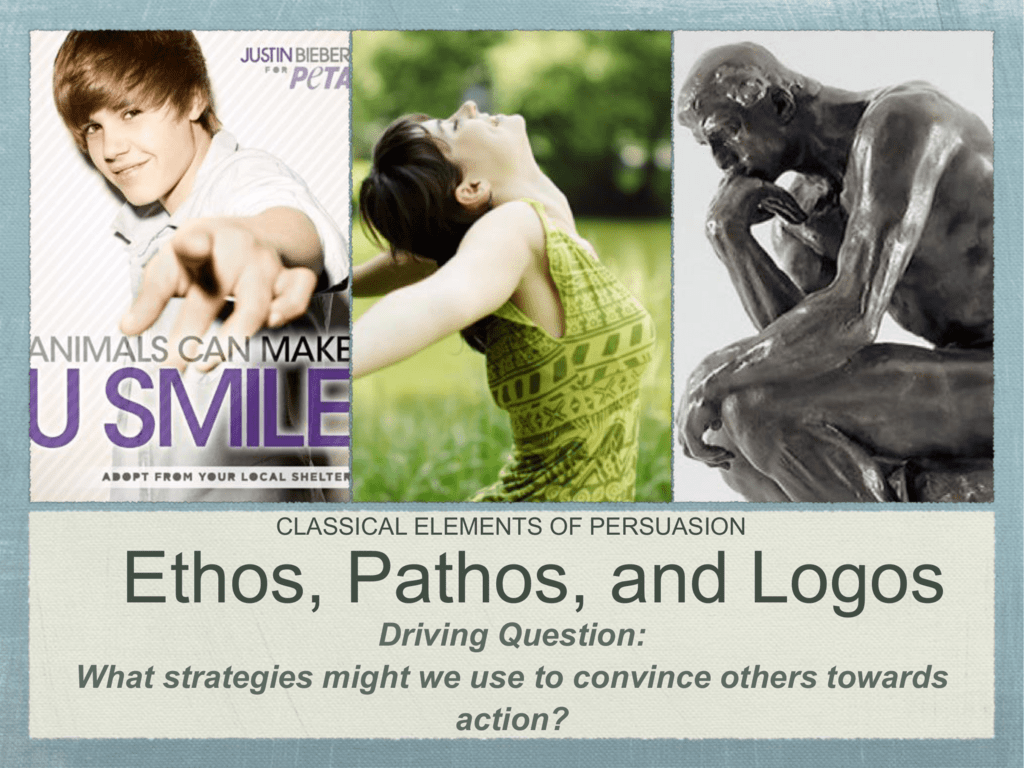Are you constantly bombarded with messages that subtly influence your choices? The persuasive power of communication, particularly in advertising, hinges on three fundamental elements: ethos, pathos, and logos, and understanding these can transform how you perceive the world around you.
In the bustling marketplace of ideas, from the sleek screens of our smartphones to the vibrant pages of magazines, we are constantly interacting with persuasive content. This content, whether we realize it or not, is carefully crafted to influence our decisions, shape our perceptions, and ultimately, drive our actions. Understanding the building blocks of this persuasive communication is key to navigating this complex landscape. These building blocks, or rhetorical appeals, are ethos, pathos, and logos. Defined by Aristotle centuries ago, these concepts remain as relevant in today's digital age as they were in ancient Greece, and their application is far-reaching, influencing everything from political campaigns to the products we choose to buy.
Lets delve into the core concepts that make up persuasive rhetoric. Ethos, derived from the Greek word for "character," focuses on the credibility and trustworthiness of the speaker or source. When a commercial features a respected doctor recommending a medication, it's leveraging ethos. Pathos, stemming from the Greek word for "suffering" or "emotion," appeals to the audience's feelings. Think of the heartwarming commercials that tug at your heartstrings. Logos, the Greek word for "logic," uses reasoning and facts to persuade. Charts, statistics, and data-driven arguments are all examples of logos in action.
- Ken Jennings Height How Tall Is The Jeopardy Legend
- Ewr Airport Code What Does It Stand For Facts Info
Before proceeding further, it is important to have a clear understanding of some essential elements of persuasive techniques. The principles of Ethos, Pathos, and Logos, and their relationship with Rhetoric is one such concept. Rhetoric, at its heart, is a type of communication strategically employed by writers and speakers to persuade, inform, or motivate an audience. It's not just about what you say, but how you say it. This includes how you structure your arguments, choose your words, and understand the context in which your message will be received. The ultimate aim of rhetoric is effective communication that resonates with the audience and drives a specific outcome.
| Feature | Description |
|---|---|
| Ethos | Appeals to the credibility and character of the speaker or source. It builds trust and authority. |
| Pathos | Appeals to the emotions of the audience. This can involve evoking feelings of joy, sadness, anger, or any other emotion to connect with the audience on a personal level. |
| Logos | Appeals to logic and reason. Uses facts, data, statistics, and logical arguments to persuade the audience. |
| Kairos | Refers to the opportune moment or the right time to deliver a message. It involves understanding the context, timing, and circumstances surrounding the message. |
| Rhetoric | The art of effective or persuasive speaking or writing, especially the use of figures of speech and other compositional techniques. |
The practical applications of these rhetorical appeals are vast and varied. Consider the world of advertising. Advertisers and marketers have long understood the power of these rhetorical appeals in persuading audiences to buy products, support causes, or take action. Every scroll through your feed is packed with ethos, pathos, and logos, whether you notice it or not. The next time you see an ad, ask yourself: What is it trying to persuade you of? And how is it doing it?
Here's a closer look at how these concepts play out in the real world:
- Cookie Run Kingdom Cheese Vault Passcode Guide Find The Code Get Rewards
- Where Is Claire Abbott Now The Untold Story Update 2024
Ethos in Action:
Ethos is all about establishing credibility. It's about making your audience believe that you are knowledgeable, trustworthy, and have their best interests at heart. Advertisements frequently employ individuals or organizations with strong reputations to build this trust.
Examples:
- A toothpaste commercial featuring a dentist recommending the product, builds ethos by leveraging the dentist's expertise and trustworthiness.
- A public service announcement about vaccinations featuring doctors and medical professionals, builds trust by association with authority.
Pathos in Action:
Pathos appeals to the emotions. This includes using stories, imagery, music, and language to evoke feelings in the audience, making them more receptive to the message. Advertisers use pathos to create a personal connection with the audience.
Examples:
- Advertisements for animal shelters often use images of sad, vulnerable animals to evoke feelings of empathy and encourage donations.
- The P&G "Thank You, Mom" ad series, which pays tribute to mothers, utilizes pathos effectively by highlighting the emotional bond between mothers and their children.
Logos in Action:
Logos is about presenting logical arguments and supporting them with evidence. This can involve statistics, facts, research data, and clear reasoning. Advertisers may use this appeal to demonstrate the superiority of their products or services.
Examples:
- A car advertisement that highlights the car's fuel efficiency, safety ratings, and performance statistics, is leveraging logos to appeal to the audience's logic.
- Pharmaceutical advertisements that present clinical trial results to prove the effectiveness of a medicine, are another instance of logos in action.
Lets take a look at rhetoric in action in some popular ads so you can get some inspiration for yourself. For example, consider P&G's partnership with Wieden+Kennedy to produce the Olympics ad series, "Thank You, Mom." This campaign is a masterclass in pathos. It pays tribute to mothers worldwide, focusing on the sacrifices, love, and support they provide to their children. The emotional impact is undeniable, leaving viewers with a strong positive association with the brand. The audience feels a sense of gratitude towards the mothers. It's a clever strategy because it connects the brand with positive feelings.
Consider the "Dream Crazy" commercial by Nike. This advertisement, with its powerful visuals and inspiring narrative, effectively uses pathos to connect with its audience emotionally. The ad provokes feelings of determination and resilience, inspiring the audience. The use of ethos, logos, and pathos by companies goes deeper than just print or television ads, however. Organizations incorporate these concepts into their entire brand their mission statements, their marketing materials, their positioning, how they train their employees, their PR, etc.
The use of ethos, logos, and pathos by companies goes deeper than just print or television ads, however. Organizations incorporate these concepts into their entire brand their mission statements, their marketing materials, their positioning, how they train their employees, their PR, etc. The "Thank You, Mom" campaign by P&G and Nike's "Dream Crazy" commercial are great examples of this in action.
The rhetorical triangle can be seen everywhere. It is also present in the world of print advertising. Prepare to delve into the fascinating world of ethos, pathos, and logos in Sephoras print advertisements and uncover the secrets that enthrall us. In a world of beauty and cosmetics, Sephoras print ads do more than showcase products; they meticulously harness ethos, pathos, and logos to sway your decisions. Another example is the use of Nike's commercial, "Dream Crazy", where the company engages the audience emotionally.
The use of these techniques is not confined to advertisements. They play a crucial role in speeches, presentations, and even everyday conversations. For instance, consider a politician trying to persuade voters. They might use ethos by emphasizing their experience and qualifications (e.g., "I have served this community for many years"), pathos by sharing personal stories that evoke empathy (e.g., "I understand the struggles of working families"), and logos by presenting data-driven arguments for their policies (e.g., "My plan will create 10,000 new jobs").
The power of rhetoric extends beyond influencing individuals; it also shapes our understanding of the world. By recognizing these techniques, you can become a more discerning consumer of information and a more effective communicator. Whether youre crafting a marketing campaign, giving a speech, or simply trying to have a productive conversation, understanding and applying ethos, pathos, and logos can significantly increase your effectiveness.
Don't forget to consider the time and place, or kairos, of the message at hand. Kairos considers the opportune moment or the right time to deliver a message. It involves understanding the context, timing, and circumstances surrounding the message. For instance, an advertisement for winter clothing will be most effective during the winter months, rather than the summer. A political campaign's message might be adapted based on current events or the specific needs of the audience.
In order to be persuasive, it's important to learn the three modes of persuasionethos, pathos, and logosand how to effectively use them in communication. You can analyze advertisements according to their employment of these techniques and demonstrate an understanding of the concept of demographics and the specific audience. Synthesizing this knowledge into advertisements of their own creation.
Ethos, pathos, logos, and kairos all stem from rhetoricthat is, speaking and writing effectively. The concepts of ethos, pathos, logos, and kairos are also called the modes of persuasion, ethical strategies, or rhetorical appeals.
The application of ethos, pathos, and logos has an array of possibilities. You can see it in action in various fields of communication.
Examples of effective use of Ethos, Pathos, and Logos:
There are many examples of how these three methods can be put into practice in the world. Some effective examples are,
1. Coca-Cola:
Coca-Cola is an extremely well-known advertisement, and its commercials are often quite emotional. The ads use pathos to connect with the audience and produce warm and joyful emotions. Often, families, friends, and happy moments are displayed in the advertisement to bring people closer to the brand.
2. Dove:
Dove uses pathos in its advertisement to promote a message of inner beauty and self-esteem. The organization often focuses on images of real women with different body types, ages, and backgrounds. They promote self-esteem and happiness by showing the real beauty of women and challenging beauty norms.
3. Apple:
Apple is a strong example of logos. They advertise their products in a way that focuses on facts, technology, and specifications. They highlight their innovative features, excellent performance, and design quality. Apple is known for using logos to focus on its products' rational and logical aspects.
4. Nike:
Nike is known for using a variety of rhetorical strategies in their ads. Nike has strong ethos by aligning its brand with professional athletes and sports influencers. The brand can boost its credibility, since consumers will admire these athletes. Nikes advertisement often use pathos by conveying feelings of motivation, determination, and inspiration.
5. Allstate Insurance:
Allstate Insurance's ads rely heavily on ethos to establish their authority. Commercials frequently feature credible people, like insurance agents, to boost trust. They use logos by providing facts about their insurance plans and statistics about claim settlements. The goal is to persuade people to trust them and buy their insurance products.
Ethos, pathos, and logos are also seen by students, who are asked to identify the use of ethos, pathos, and logos in small groups, as well as in speeches.
It's crucial to understand that these rhetorical appeals are not mutually exclusive; they can be and often are used in combination. A successful advertisement might use ethos to establish credibility, pathos to create an emotional connection, and logos to provide supporting evidence. The most effective campaigns often strike a balance, crafting messages that resonate on multiple levels.
The understanding of these rhetorical appeals can also be used for self-reflection. By analyzing your own persuasive attempts, you can identify areas for improvement. Ask yourself: Am I establishing my credibility effectively (ethos)? Am I connecting with my audience's emotions (pathos)? Am I supporting my arguments with sufficient evidence (logos)? Recognizing these components empowers you to refine your communication strategies, whether you are marketing a product or simply conveying your ideas.



Detail Author:
- Name : Marquis Grant
- Username : ricardo.hilpert
- Email : jared38@yahoo.com
- Birthdate : 1998-12-05
- Address : 8476 Jedidiah Shoals West Cora, UT 63751-7826
- Phone : 1-651-299-0229
- Company : Bernier, Crooks and Wuckert
- Job : Gas Appliance Repairer
- Bio : Autem et voluptate ut dolore esse nemo voluptas. Eos maiores qui fuga sed cum sequi. Voluptatum optio praesentium nesciunt rem atque aliquid. Itaque et vel corporis suscipit dolore incidunt.
Socials
linkedin:
- url : https://linkedin.com/in/althea_daniel
- username : althea_daniel
- bio : Sit laborum dolores officiis rem est non.
- followers : 4163
- following : 473
instagram:
- url : https://instagram.com/daniel2004
- username : daniel2004
- bio : Rem accusamus saepe occaecati aut. Excepturi impedit quia dolorem qui tenetur.
- followers : 1163
- following : 780
twitter:
- url : https://twitter.com/daniela
- username : daniela
- bio : Quod hic est voluptatem adipisci et. Praesentium recusandae placeat quod. Ut nihil dolores sequi et.
- followers : 489
- following : 1747
tiktok:
- url : https://tiktok.com/@althea4730
- username : althea4730
- bio : Molestias dignissimos facere possimus asperiores provident voluptatem eius.
- followers : 4562
- following : 2673